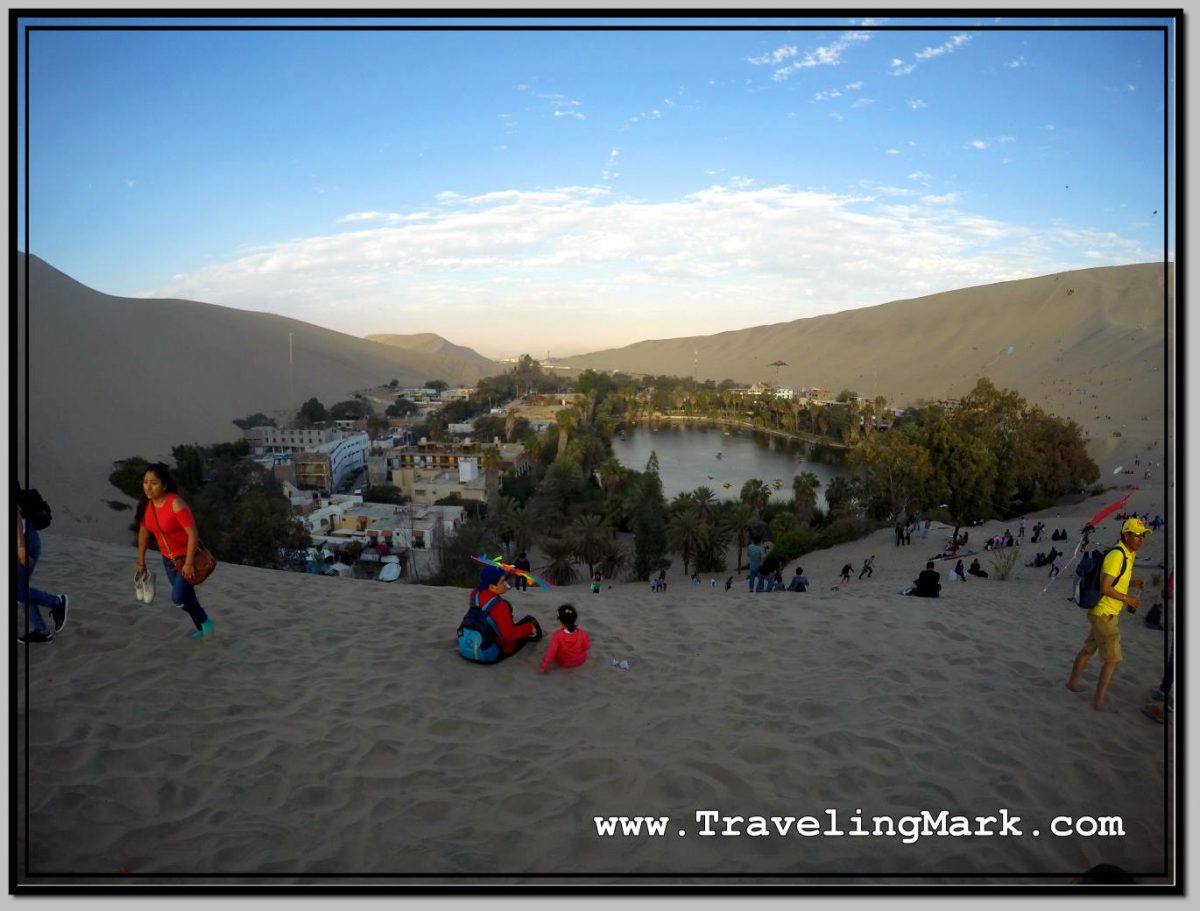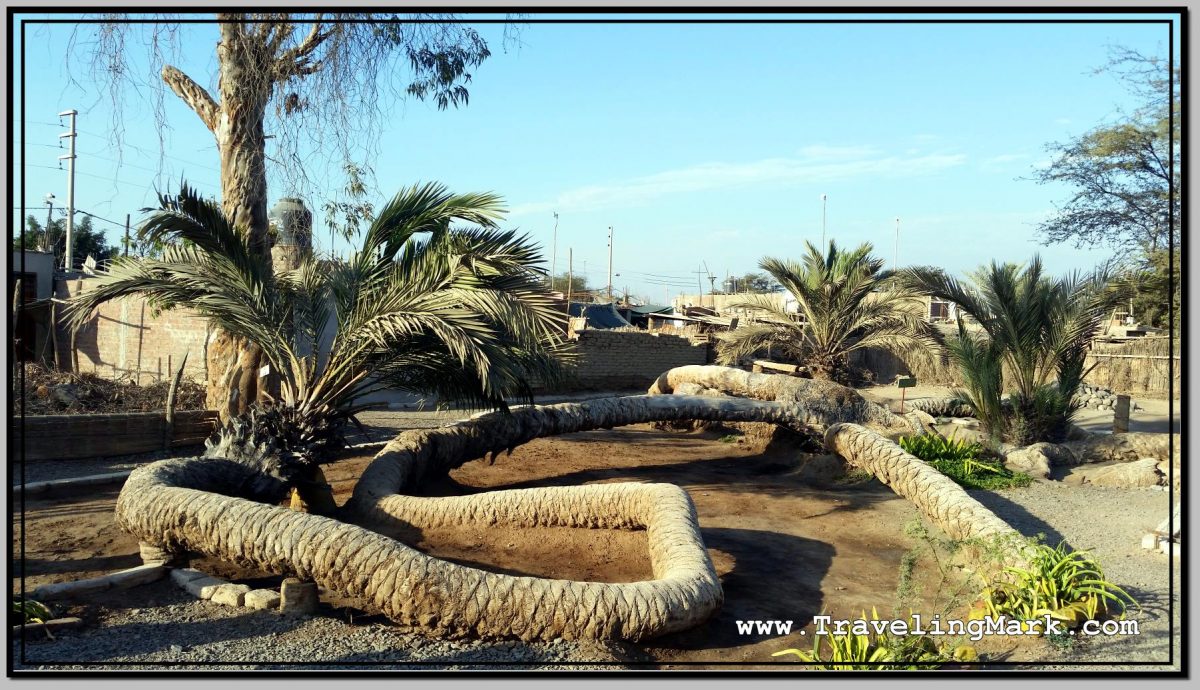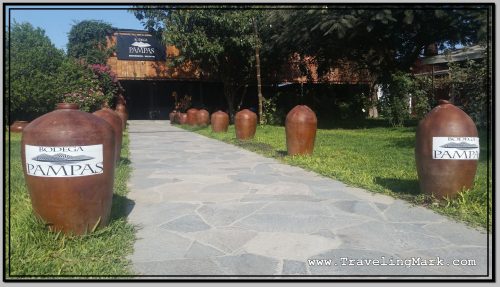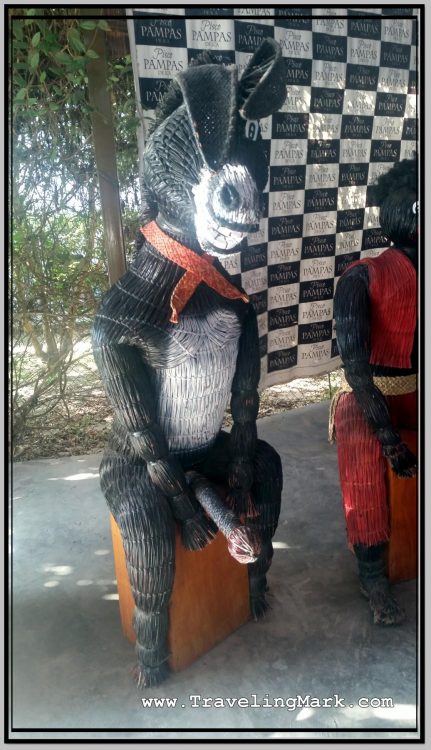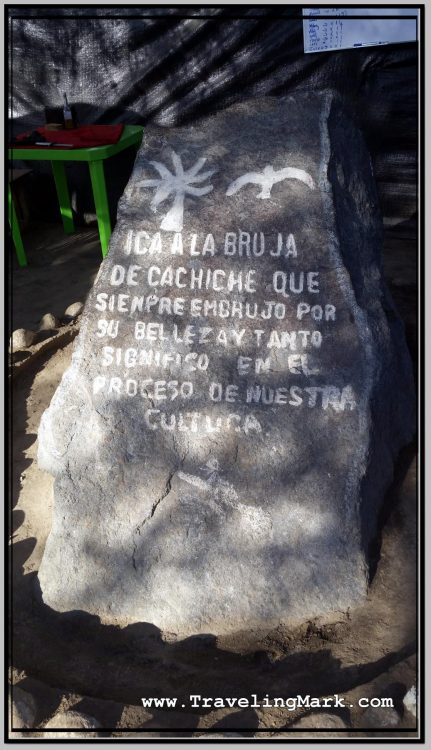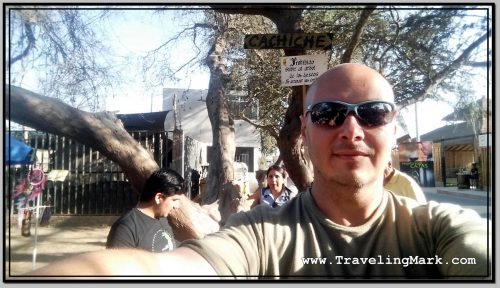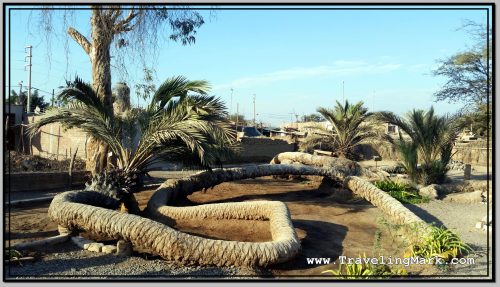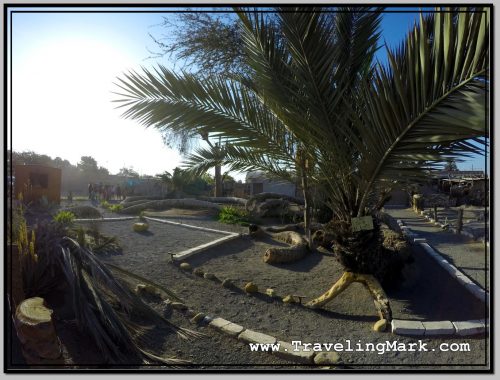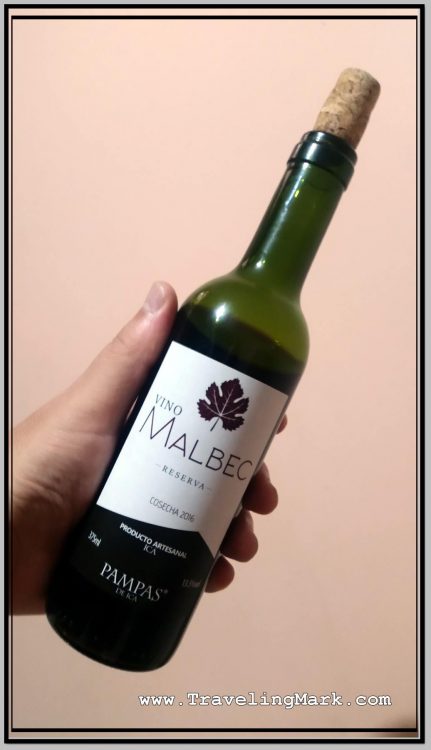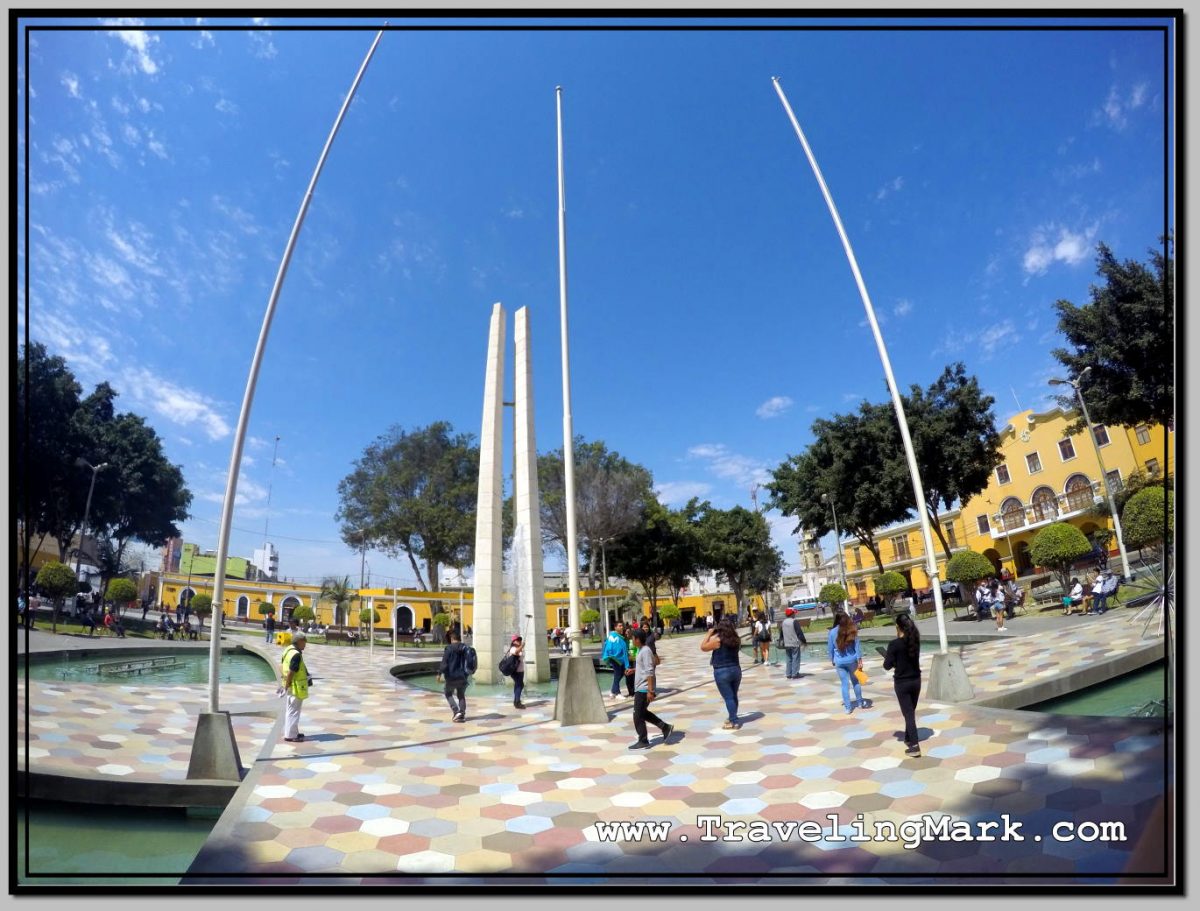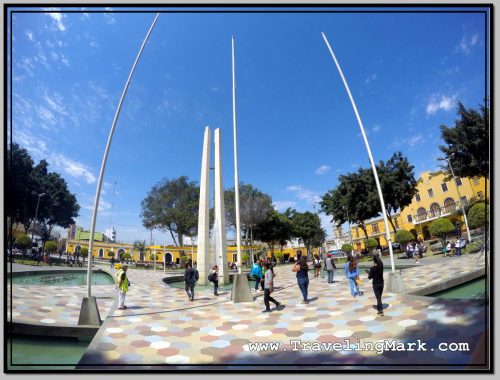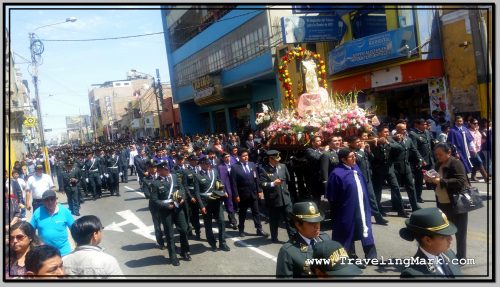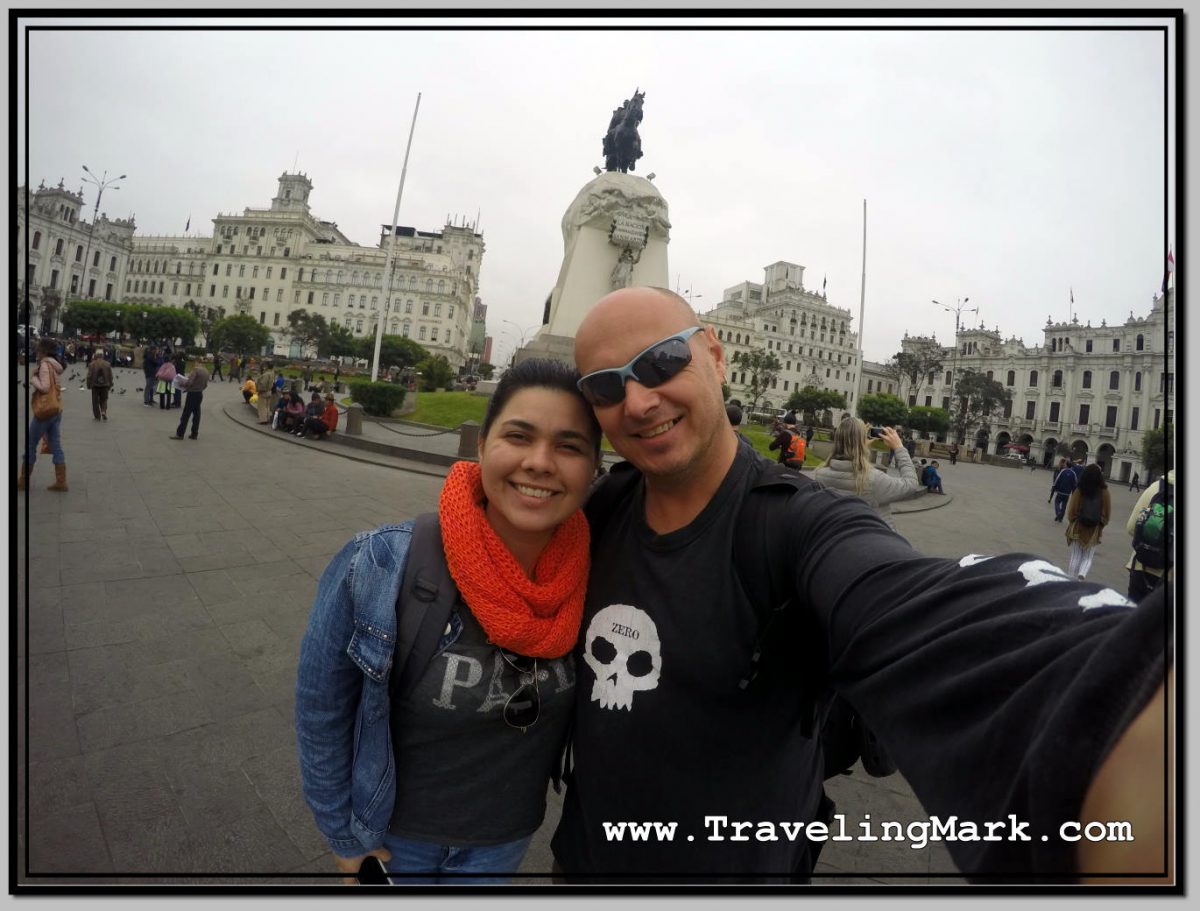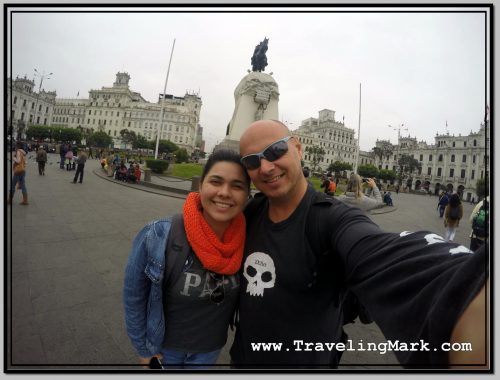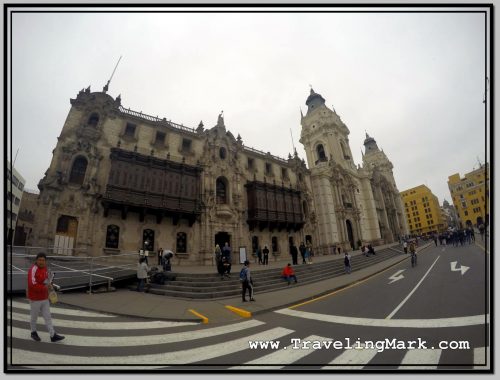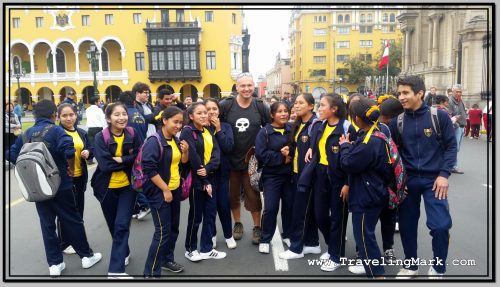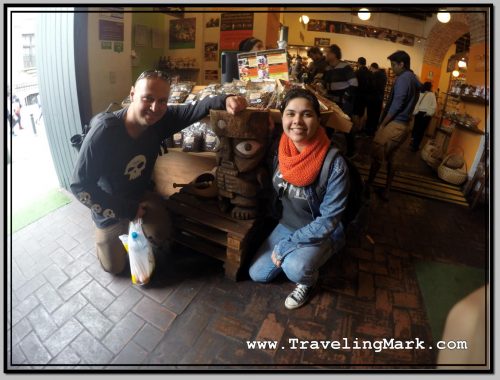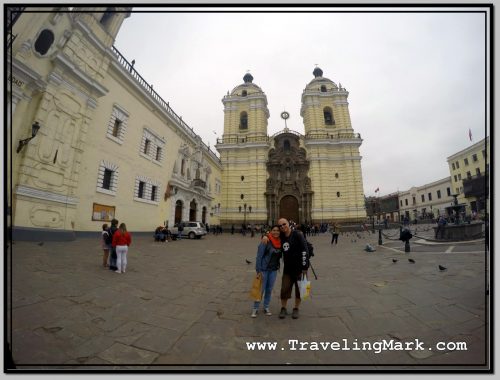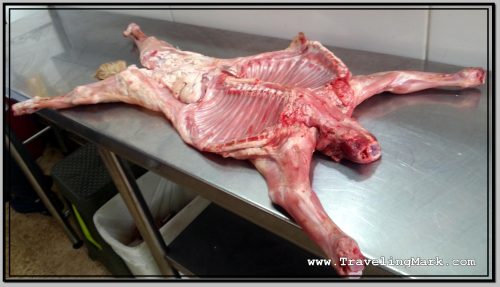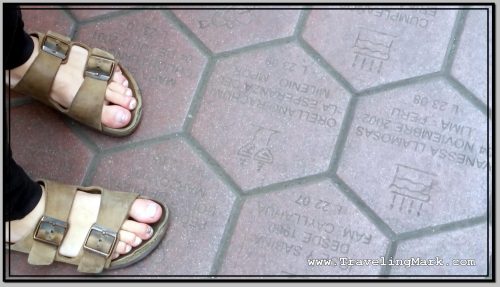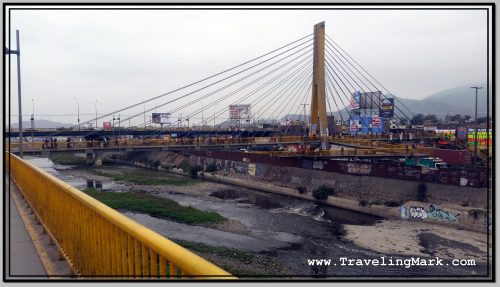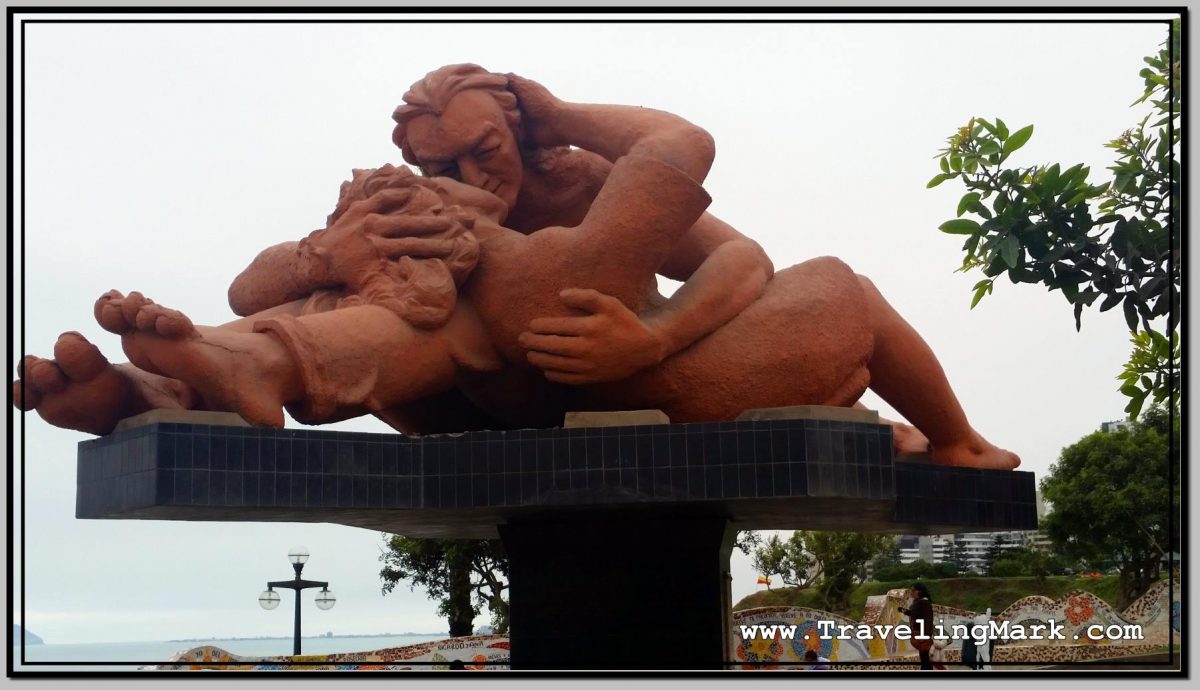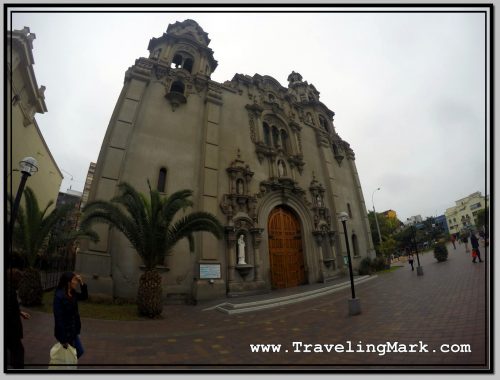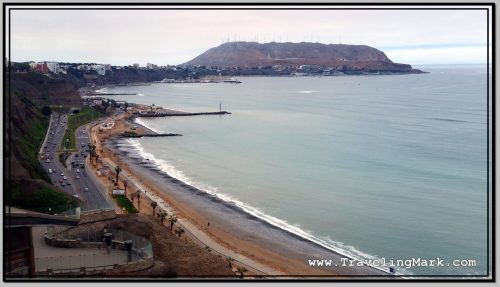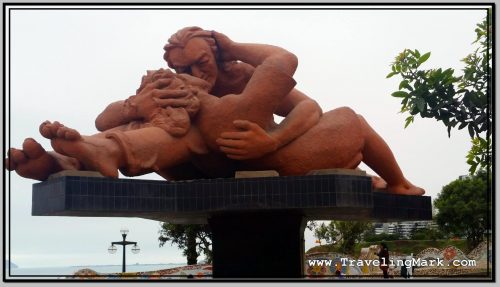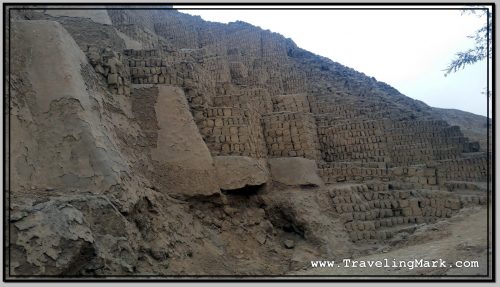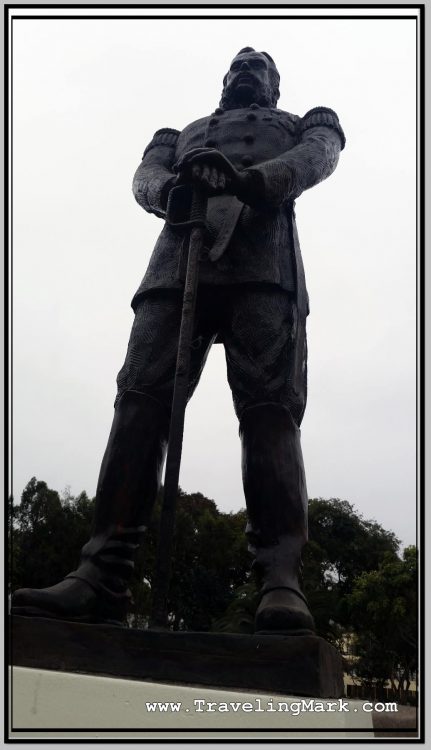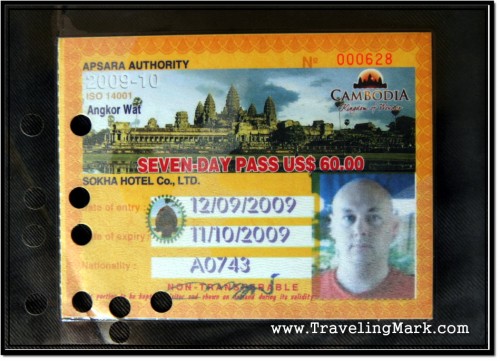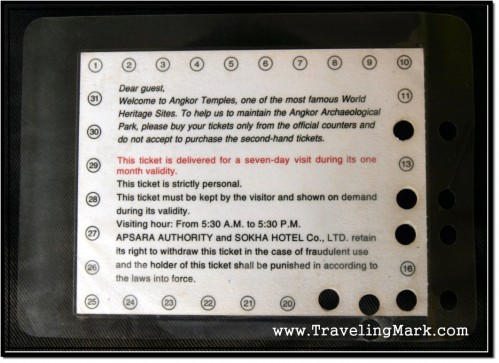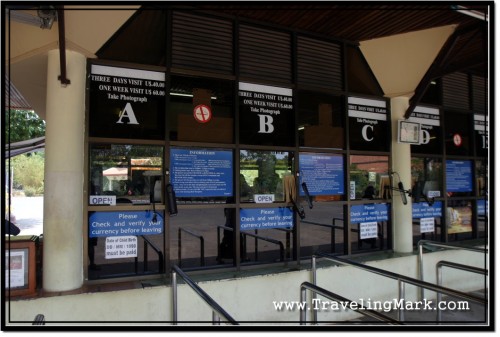Huacachina is the only desert oasis in South America. It is located about 5 kilometers from the city of Ica in Peru. Found in the middle of the coastal desert, the oasis has a lagoon of greenish colors whose origin, it is believed, is caused by the outcrop of groundwater that ended up giving life to the beautiful vegetation that surrounds it.
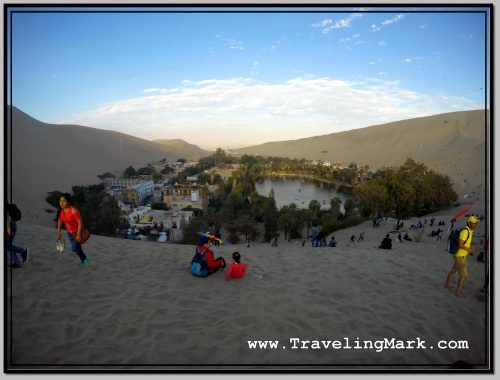
Like many of the rivers and lakes of Peru, the Huacachina also has part of its charm in a legend. It is said a princess of the Inca lineage lived in that place. Her name was Huacca China and she possessed incredible beauty, as well as a voice so beautiful that her songs melted the hearts of men in such a way that no one could hold back tears.
The legend says that on one occasion when the princess was alone a hunter saw her, was enchanted with her and began to chase her. The princess ran but her costume began to tear and fell off, turning into the sheet of sand that forms the desert around Huacachina. After that, the princess dropped a mirror that she always carried with her and that turned into the lagoon. The princess, the legend maintains, became a mermaid and the inhabitants of Ica tell that even today, that siren keeps appearing on moonlit nights where its song can be heard.
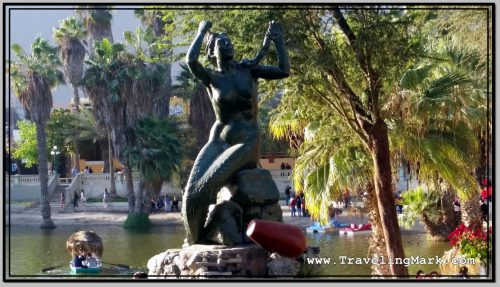
When I got to Huacachina it was already late afternoon and the entire place was flooded with tourists. I have no idea if it’s busy like that all the time, but the overly touristy feel of the place made me rethink and backtrack on the idea I had before taking the trip, that I would stay over for a night.
It seemed to me that the entirely of buildings erected around Huacachina are either a restaurant, a souvenir shop, or a hotel. In other words, albeit alluring, Huacachina is a tourist trap.
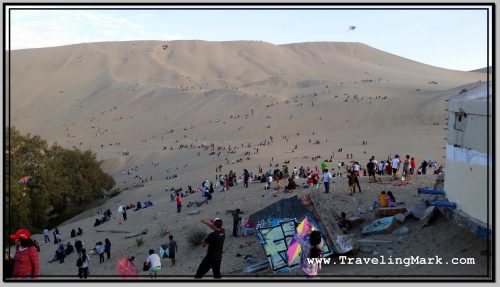
The lagoon is small enough to easily walk around on foot, although not the entire circumference is paved. If you want to go around all of it, you’ll get your feet sandy. It’s probably best to take you shoes off and walk on the sand barefoot, because your feet will be buried in it with each step.
The sandy slopes surrounding Huacachuna were full of tourists who either flew kites, glided down on sandboards, or just relaxed on the warm sand. I walked up a sandy slope to snap a few pics of the lagoon, but did not stick around too much. There was simply too much going on with kids running amok, kite lines hitting you in the face, random youths sliding down the sand, making it fall on you and get into your every orifice, so even though the views were spectacular, the place was simply too busy for my liking.
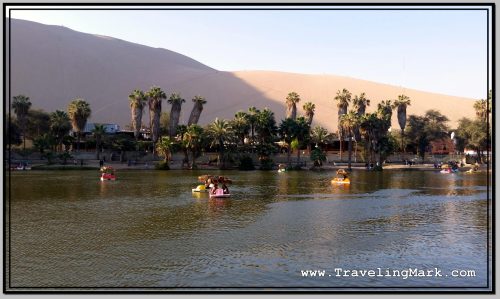
Before leaving, I also climbed a small hill of sand with a cross on top of it. The hill is on the side of the road at the beginning of Huacachina coming from Ica. I think that may actually be the only access road to the lagoon.
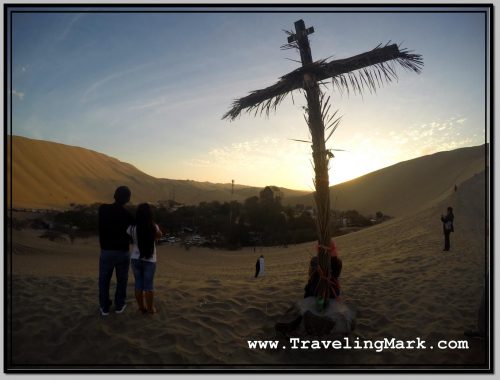
I’m glad I finished the day with the trip to Huacachina – it’s a great place, definitely worth a visit, but to make any more of it than just pay it a visit for a couple of hours was not worth it for me, because it’s just too overrun with tourists for my taste.
